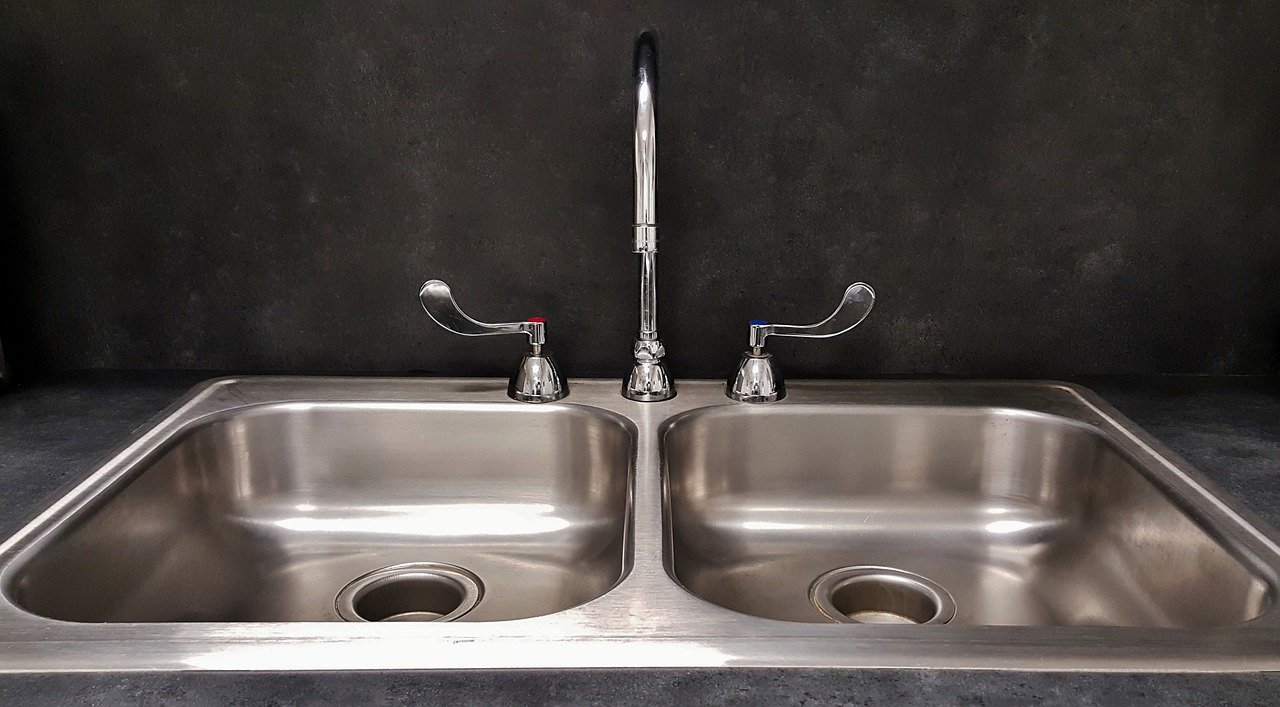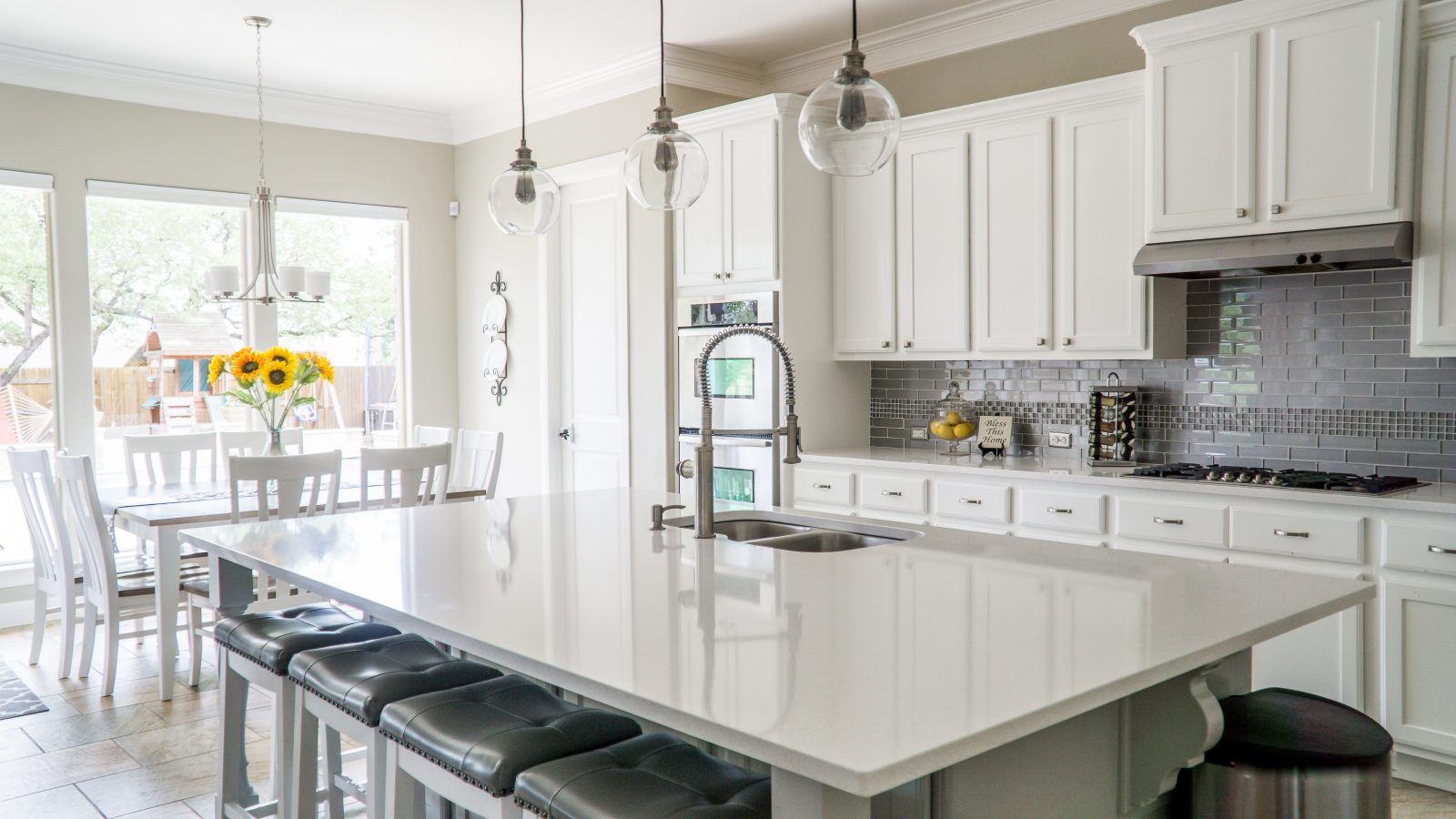1. How to Unclog a Kitchen Sink All the Way Down
If you've ever dealt with a clogged kitchen sink, you know how frustrating it can be. And when the clog is all the way down, it can feel like an impossible task to fix. But don't worry, with the right knowledge and tools, you can easily unclog your kitchen sink and get back to your regular routine. Here's how to do it:
Start by clearing out any debris or standing water in the sink. Use a cup or bowl to scoop out as much water as possible. If there is a lot of standing water, you may need to use a wet/dry vacuum to remove it.
Next, remove the drain cover and use a flashlight to inspect the drain. Look for any obvious clogs, such as food or hair buildup. If you see a visible clog, use a pair of tongs or a long object, like a wire hanger, to try and remove it.
If there is no visible clog, the blockage may be deeper in the pipes. In this case, you'll need to use a plunger to try and dislodge the clog. Fill the sink with a few inches of water and place the plunger over the drain. Push and pull the plunger rapidly to create suction and hopefully dislodge the clog.
2. DIY Methods for Clearing a Clogged Kitchen Sink
If the plunger doesn't work, there are a few DIY methods you can try to clear a completely clogged kitchen sink. One method is to mix equal parts baking soda and vinegar and pour it down the drain. Let it sit for about 10 minutes, then pour boiling water down the drain to flush out the mixture. The chemical reaction between the baking soda and vinegar can help break down and dissolve the clog.
Another DIY method is to use a plumbing snake. This is a long, flexible tool that can be inserted into the drain to reach clogs deep in the pipes. Rotate the snake while pushing it down the drain until you feel the clog loosen. Then, pull the snake out and flush the drain with hot water.
It's important to note that these DIY methods may not work for all clogs, especially if the clog is caused by something other than food or hair buildup. In these cases, it may be best to call a professional plumber for assistance.
3. Common Causes of a Kitchen Sink Clog
To prevent a completely clogged kitchen sink in the first place, it's helpful to know the common causes of clogs. One of the main culprits is food scraps and grease. Over time, these substances can build up and block the pipes. To prevent this, make sure to scrape food scraps into the trash and avoid pouring grease down the drain.
Another common cause of a clogged kitchen sink is hair. If you have a garbage disposal, make sure to run water while using it to prevent hair from getting stuck in the pipes. You can also use a hair catcher in your sink to catch any loose hair before it goes down the drain.
Other potential causes of a clogged kitchen sink include small objects, such as utensils or jewelry, and tree roots infiltrating the pipes. If you suspect either of these to be the cause of your clog, it's best to call a professional plumber for assistance.
4. Using a Plunger to Clear a Clogged Kitchen Sink
If you've tried the DIY methods and the clog is still present, it's time to bring out the big guns – a plunger. Make sure to use a plunger specifically designed for sinks, as it will have a smaller rubber cup that can fit over the drain.
To use a plunger for a completely clogged kitchen sink, fill the sink with a few inches of water and place the plunger over the drain. Push and pull the plunger rapidly for about a minute, then remove it. Hopefully, this will create enough suction to dislodge the clog. If not, you may need to try another method or call a professional plumber.
5. Chemical Drain Cleaners for a Completely Clogged Kitchen Sink
If the plunger and DIY methods don't work, you can try using a chemical drain cleaner to dissolve the clog. These cleaners work by breaking down the clog's materials, allowing it to be flushed away with water.
When using a chemical drain cleaner, make sure to follow the instructions carefully and wear protective gear, such as gloves and safety glasses. These chemicals can be harmful if they come into contact with your skin or eyes. Additionally, avoid using chemical drain cleaners if you have a septic system, as they can damage the system's bacteria.
6. Professional Plumbing Services for a Deeply Clogged Kitchen Sink
If all else fails, it's time to call a professional plumber. A plumber will have the proper tools and expertise to clear a completely clogged kitchen sink. They may use a plumbing snake or hydro jetting, which uses high-pressure water to blast away clogs.
While it may be tempting to try and fix the clog yourself, it's best to leave it to the professionals. Attempting to fix a clog without the proper knowledge and tools can potentially cause more damage and end up costing you more money in the long run.
7. Tips for Preventing a Kitchen Sink from Clogging All the Way Down
To avoid dealing with a completely clogged kitchen sink in the future, here are a few tips to help prevent clogs:
- Avoid pouring grease, oil, or food scraps down the drain.
- Run hot water down the drain after using the garbage disposal.
- Use a hair catcher in your sink to catch any loose hair.
- Regularly clean out the drain stopper to prevent buildup.
- Do not flush anything other than toilet paper down the toilet, as this can lead to sewer line clogs.
8. How to Tell if Your Kitchen Sink is Clogged All the Way Down
The most obvious sign of a completely clogged kitchen sink is standing water in the sink. If the water drains slowly or not at all, you likely have a clog. Another sign is a foul odor coming from the drain, as this can indicate food or debris buildup in the pipes.
If you suspect a clog but are not sure if it's all the way down, try using a plunger or DIY methods to try and dislodge the clog. If these do not work, it's likely that the clog is located deeper in the pipes and may require professional assistance.
9. Tools You Need to Clear a Clogged Kitchen Sink
Some of the tools you may need to clear a completely clogged kitchen sink include a plunger, plumbing snake, wet/dry vacuum, baking soda and vinegar, and chemical drain cleaner. It's also helpful to have rubber gloves and safety glasses for protection.
If you don't have these tools on hand, you can purchase them at a hardware or home improvement store. It's always a good idea to have these tools readily available in case of a clog emergency.
10. Natural Remedies for a Completely Clogged Kitchen Sink
If you prefer to use natural remedies to clear a clogged kitchen sink, there are a few options you can try. One is to mix equal parts salt, baking soda, and vinegar and pour it down the drain. Let it sit for about 15 minutes, then pour boiling water down the drain to flush out the mixture.
Another natural remedy is to use a combination of lemon juice and baking soda. Pour a cup of baking soda down the drain, then follow it with a cup of lemon juice. Let it sit for about 30 minutes, then pour boiling water down the drain.
It's important to note that these natural remedies may not work for all clogs, especially if they are caused by something other than food or hair buildup. If these methods do not work, it may be best to call a professional plumber for assistance.
Dealing with a completely clogged kitchen sink can be a major inconvenience, but with the right knowledge and tools, you can easily clear the clog and prevent it from happening again in the future. Remember to always use caution when attempting to fix a clog and do not hesitate to call a professional if needed.
Clogged Kitchen Sink: Causes and Solutions

Introduction
 The kitchen sink is one of the most frequently used fixtures in a home. From washing dishes to preparing food, it is an essential part of any household. However, when the sink becomes clogged, it can quickly become a major inconvenience and disrupt daily tasks. A clogged kitchen sink is not only frustrating, but it can also cause unpleasant odors and potential damage to your plumbing system. In this article, we will discuss the main causes of a clogged kitchen sink and provide some solutions to help you get your sink back in working order.
The kitchen sink is one of the most frequently used fixtures in a home. From washing dishes to preparing food, it is an essential part of any household. However, when the sink becomes clogged, it can quickly become a major inconvenience and disrupt daily tasks. A clogged kitchen sink is not only frustrating, but it can also cause unpleasant odors and potential damage to your plumbing system. In this article, we will discuss the main causes of a clogged kitchen sink and provide some solutions to help you get your sink back in working order.
Causes of a Clogged Kitchen Sink
 Kitchen Waste
- The most common cause of a clogged kitchen sink is food waste. Whether it's small scraps of food from dishes or larger chunks of food from cooking, over time, these particles can build up and block the drainage pipe. Additionally, pouring grease or oil down the sink can also cause clogs as it solidifies and sticks to the pipes.
Fatbergs
- This may sound like a made-up term, but fatbergs are a real and serious issue. A fatberg is a large mass of fat, oil, and grease that can accumulate in a drainage system, including kitchen sinks. As these substances cool and harden, they can form a solid blockage that can be difficult to remove.
Foreign Objects
- Another common cause of a clogged kitchen sink is foreign objects being accidentally washed down the drain. This can include items such as utensils, sponges, and even small toys. These objects can get stuck in the pipes and create a blockage.
Kitchen Waste
- The most common cause of a clogged kitchen sink is food waste. Whether it's small scraps of food from dishes or larger chunks of food from cooking, over time, these particles can build up and block the drainage pipe. Additionally, pouring grease or oil down the sink can also cause clogs as it solidifies and sticks to the pipes.
Fatbergs
- This may sound like a made-up term, but fatbergs are a real and serious issue. A fatberg is a large mass of fat, oil, and grease that can accumulate in a drainage system, including kitchen sinks. As these substances cool and harden, they can form a solid blockage that can be difficult to remove.
Foreign Objects
- Another common cause of a clogged kitchen sink is foreign objects being accidentally washed down the drain. This can include items such as utensils, sponges, and even small toys. These objects can get stuck in the pipes and create a blockage.
Solutions for a Clogged Kitchen Sink
 Plunger
- The first line of defense against a clogged kitchen sink is a plunger. This tool uses suction to dislodge and remove clogs. To use a plunger, make sure there is enough water in the sink to cover the rubber end of the plunger. Place the plunger over the drain and firmly push and pull to create suction. Repeat this several times until the clog is cleared.
Baking Soda and Vinegar
- This natural solution is effective at breaking down and removing clogs. Start by pouring a pot of boiling water down the drain to loosen any debris. Then, pour ½ cup of baking soda followed by 1 cup of vinegar down the drain. Let it sit for 5-10 minutes before flushing with hot water.
Plumbing Snake
- For more stubborn clogs, a plumbing snake can be used to physically break up and remove the blockage. Insert the snake into the drain and turn it clockwise to catch and pull out any debris.
Plunger
- The first line of defense against a clogged kitchen sink is a plunger. This tool uses suction to dislodge and remove clogs. To use a plunger, make sure there is enough water in the sink to cover the rubber end of the plunger. Place the plunger over the drain and firmly push and pull to create suction. Repeat this several times until the clog is cleared.
Baking Soda and Vinegar
- This natural solution is effective at breaking down and removing clogs. Start by pouring a pot of boiling water down the drain to loosen any debris. Then, pour ½ cup of baking soda followed by 1 cup of vinegar down the drain. Let it sit for 5-10 minutes before flushing with hot water.
Plumbing Snake
- For more stubborn clogs, a plumbing snake can be used to physically break up and remove the blockage. Insert the snake into the drain and turn it clockwise to catch and pull out any debris.
Preventing Future Clogs
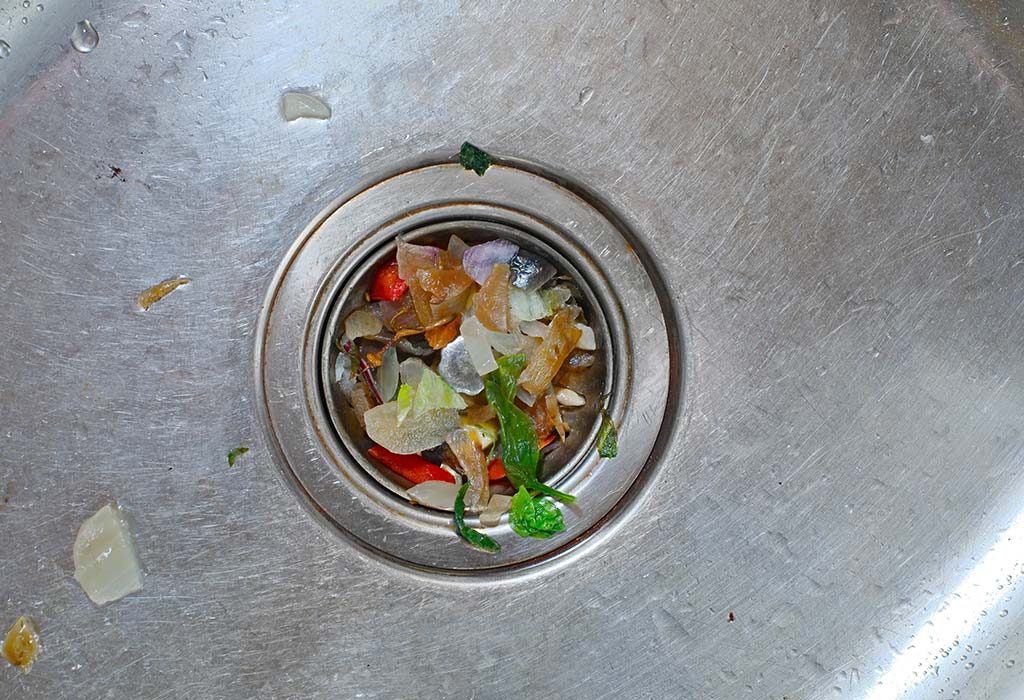 To prevent future clogs, make sure to properly dispose of kitchen waste by throwing it into the trash or compost bin. Avoid pouring grease or oil down the sink and use a strainer to catch any food particles. Regularly flushing the drain with hot water and a small amount of dish soap can also help prevent build-up.
In conclusion, a clogged kitchen sink can be a major inconvenience, but with the proper knowledge and tools, it can be easily resolved. By understanding the common causes of a clogged sink and implementing preventative measures, you can keep your kitchen sink running smoothly and avoid future issues. If these solutions do not work, it may be best to call a professional plumber for further assistance. Don't let a clogged sink disrupt your daily routine, take action and keep your kitchen sink clog-free.
To prevent future clogs, make sure to properly dispose of kitchen waste by throwing it into the trash or compost bin. Avoid pouring grease or oil down the sink and use a strainer to catch any food particles. Regularly flushing the drain with hot water and a small amount of dish soap can also help prevent build-up.
In conclusion, a clogged kitchen sink can be a major inconvenience, but with the proper knowledge and tools, it can be easily resolved. By understanding the common causes of a clogged sink and implementing preventative measures, you can keep your kitchen sink running smoothly and avoid future issues. If these solutions do not work, it may be best to call a professional plumber for further assistance. Don't let a clogged sink disrupt your daily routine, take action and keep your kitchen sink clog-free.






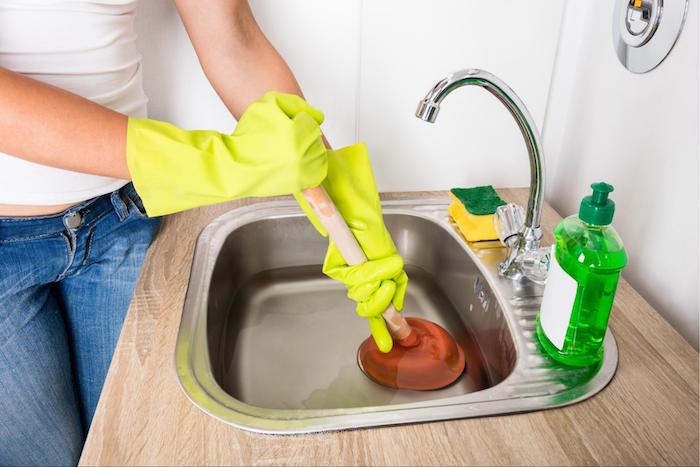

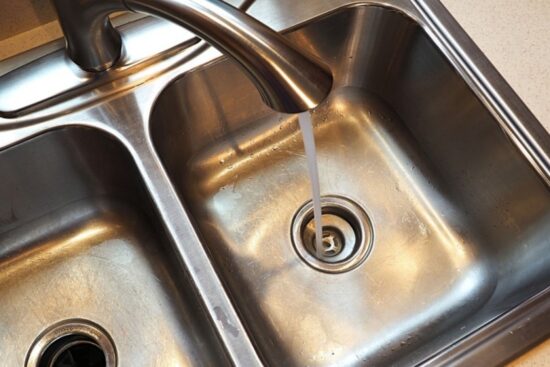
:max_bytes(150000):strip_icc()/how-to-unclog-a-kitchen-sink-2718799_sketch_FINAL-8c5caa805a69493ab22dfb537c72a1b7.png)



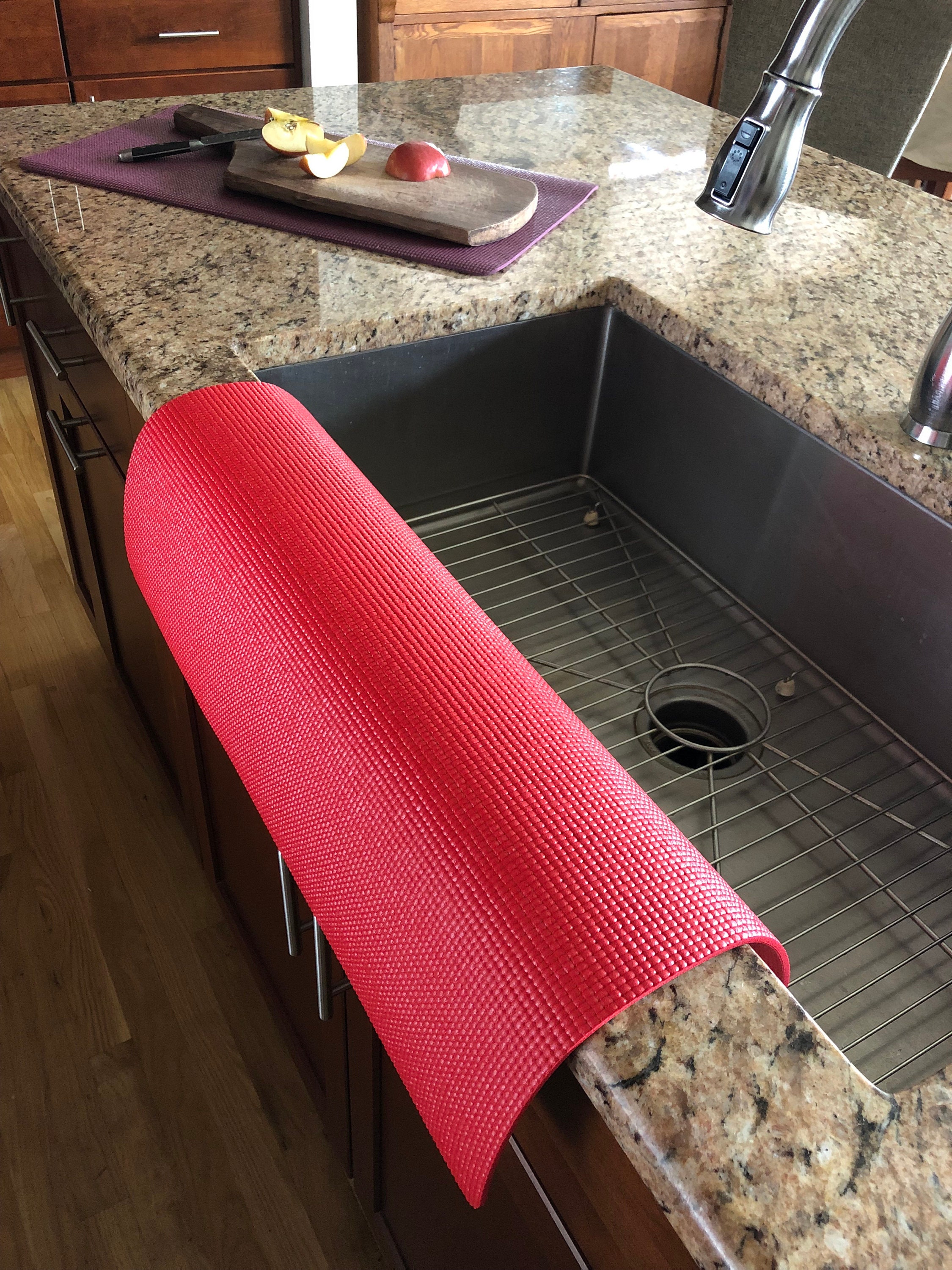

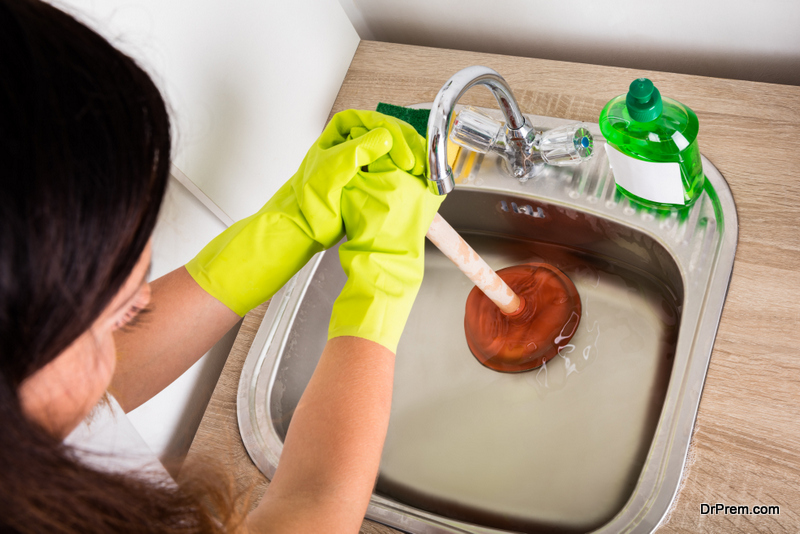










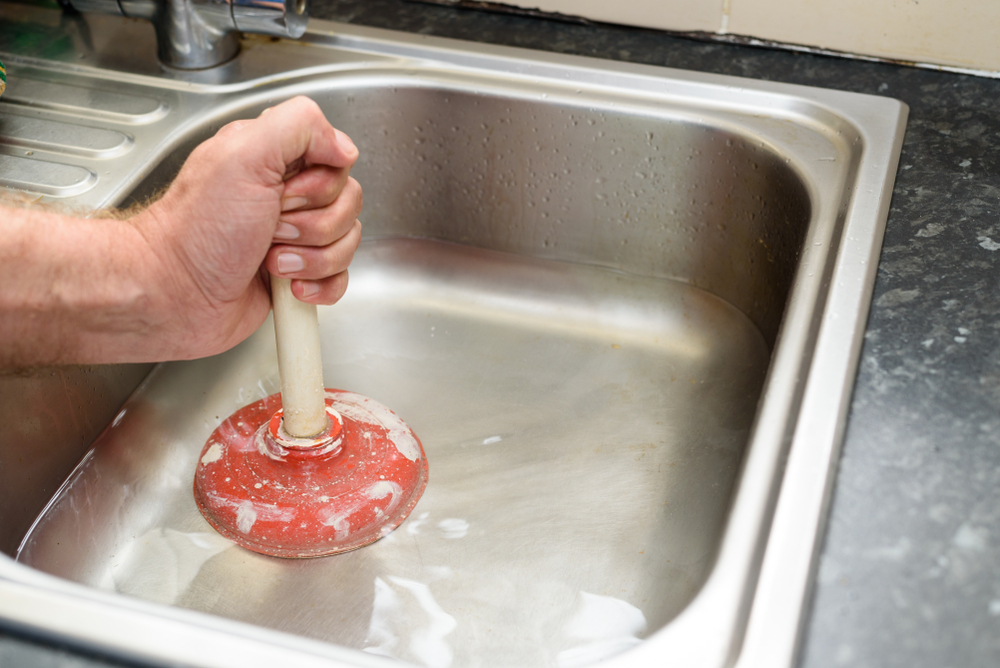




















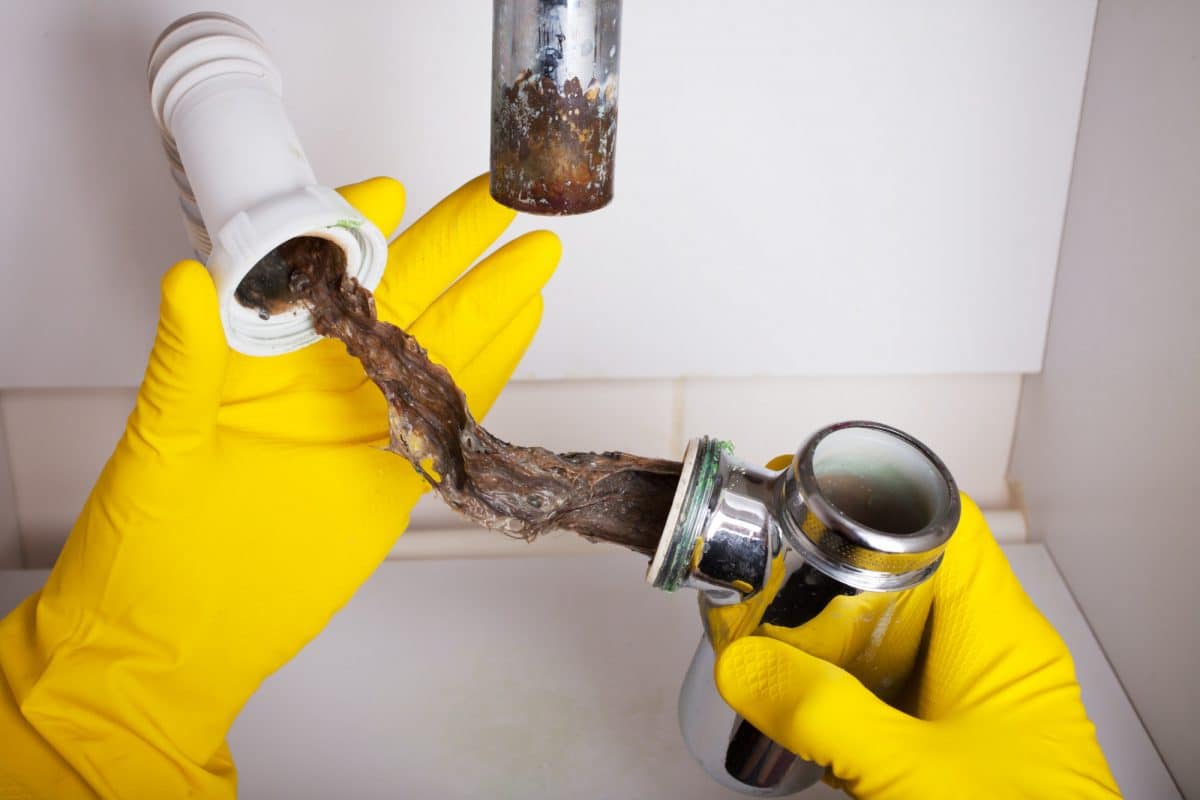
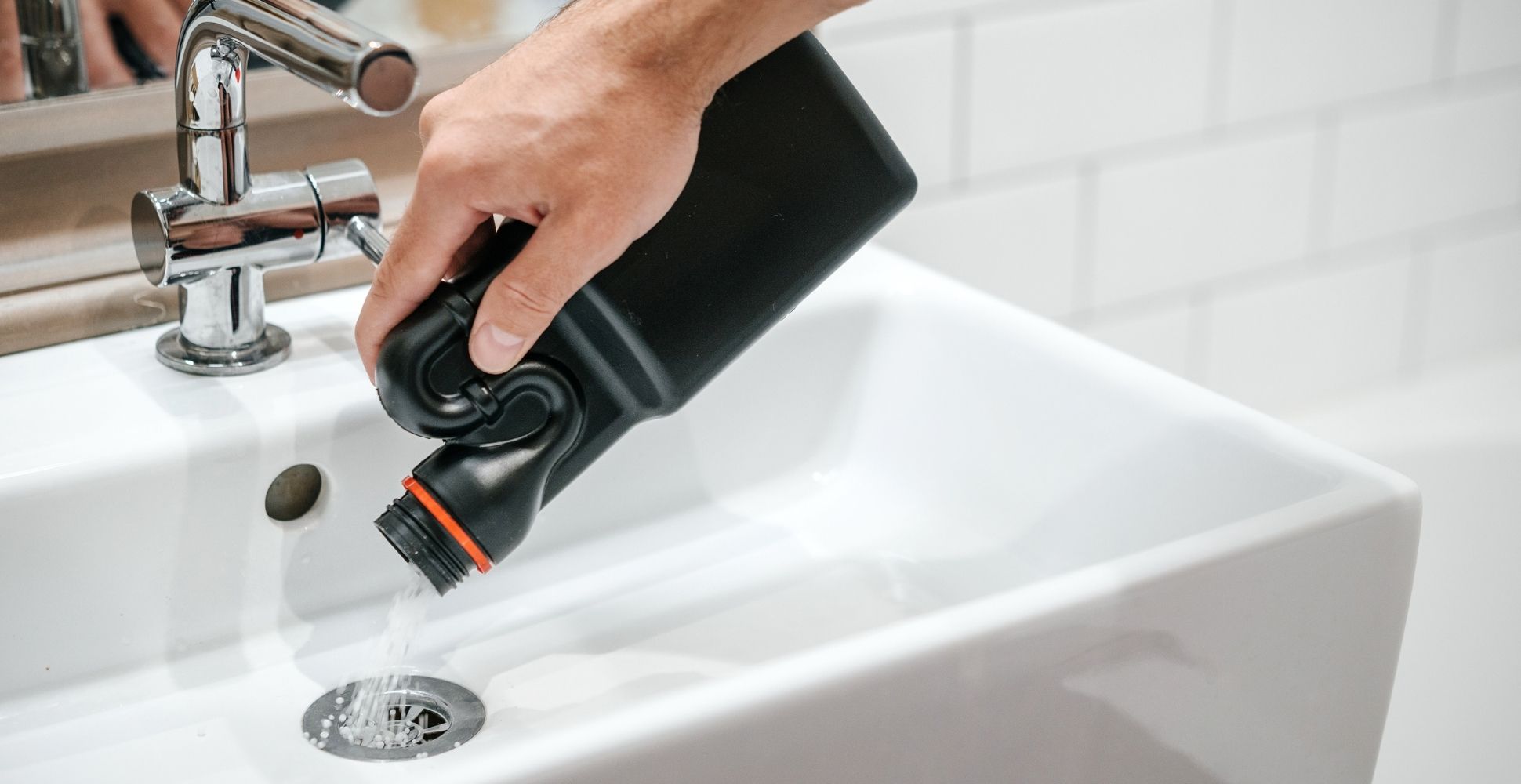




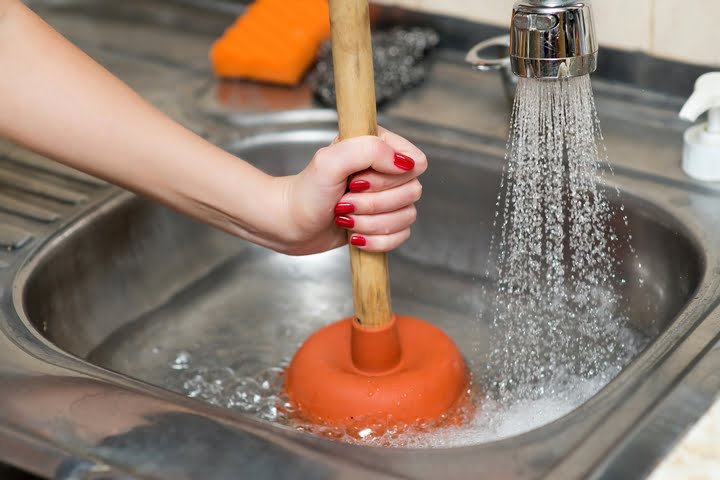


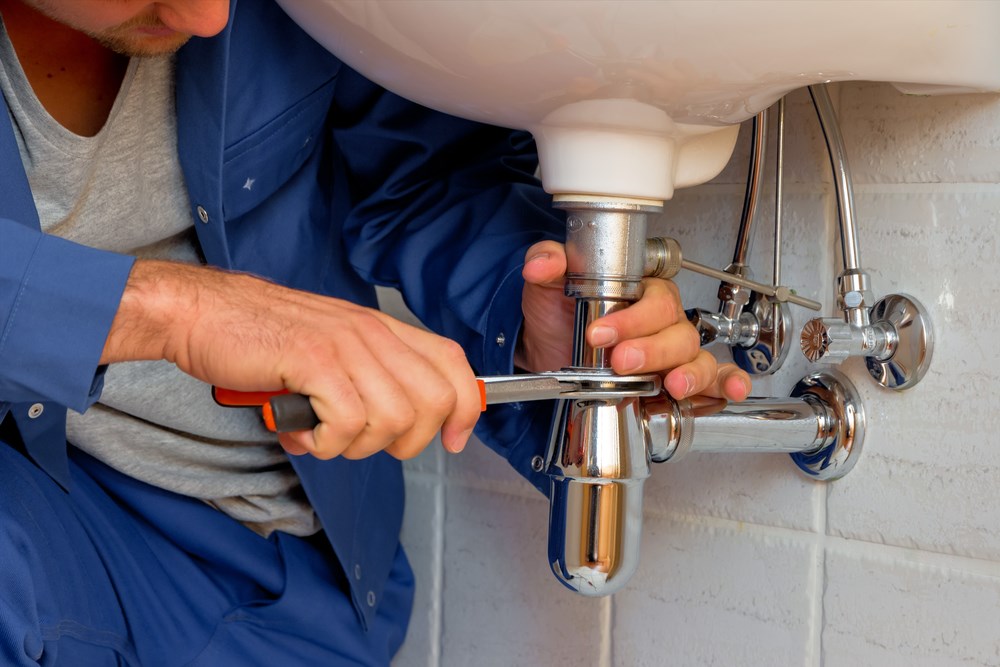
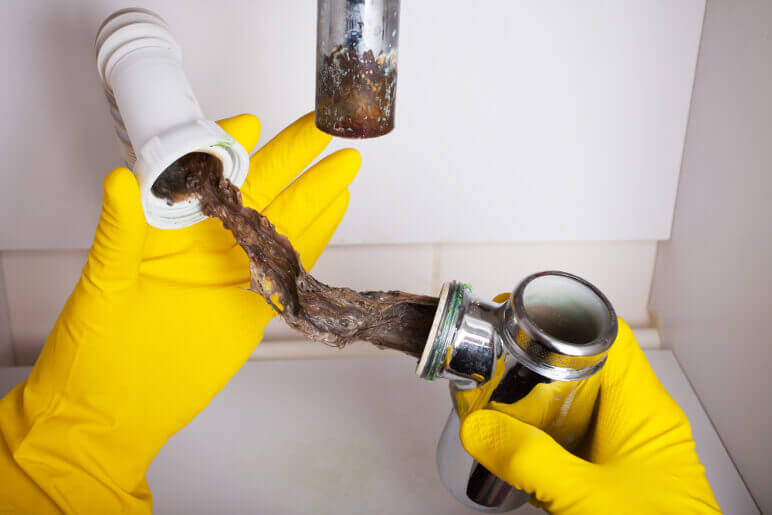
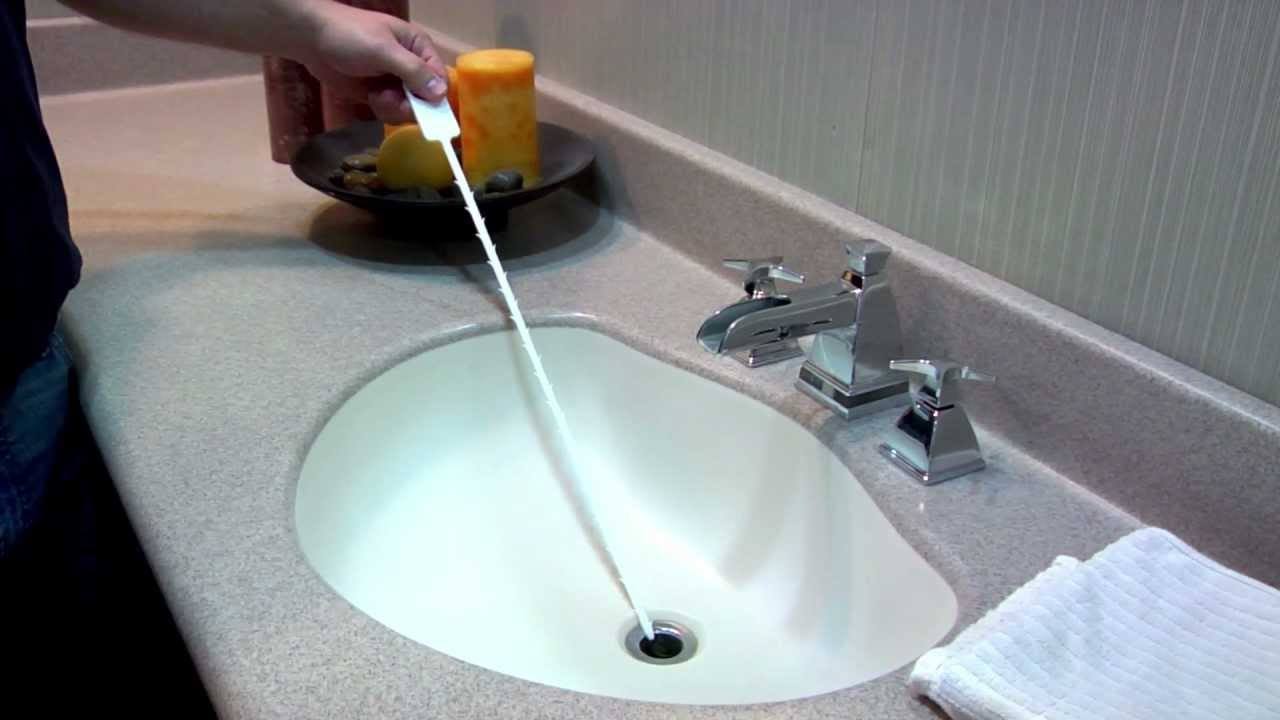

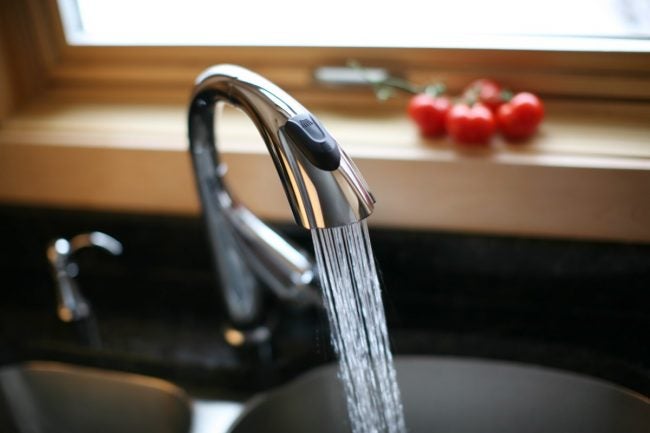




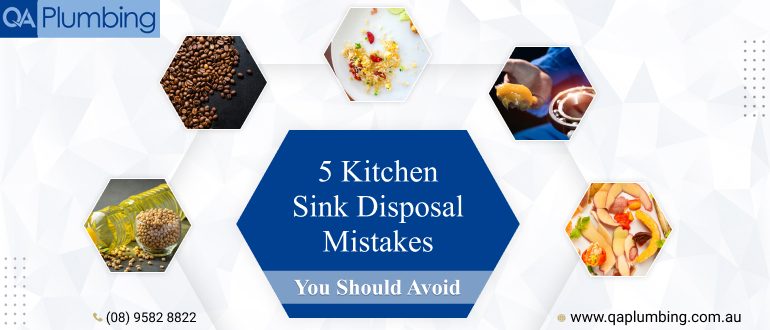


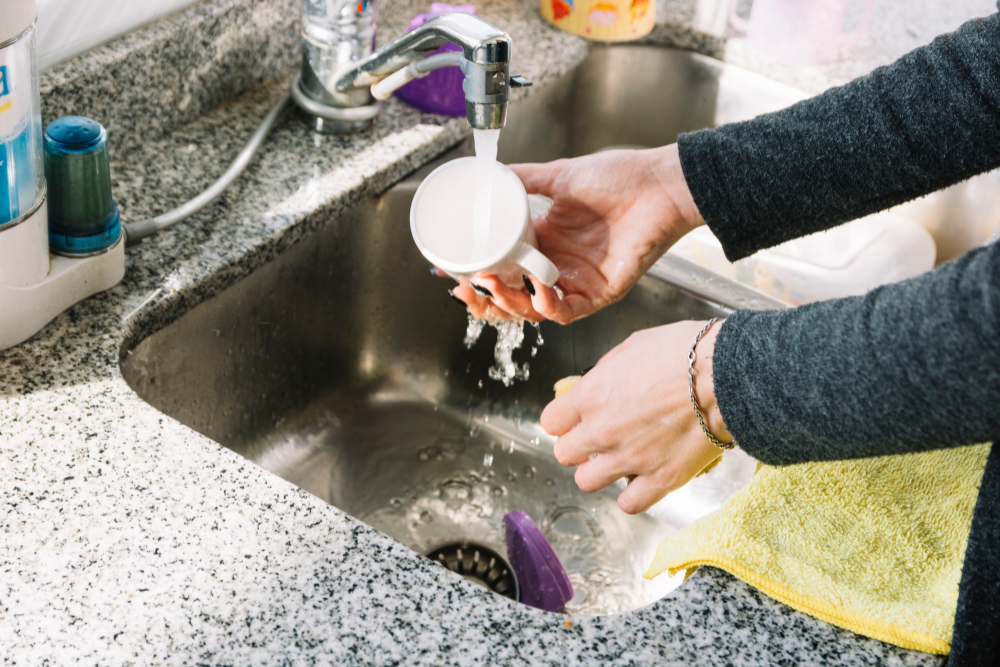








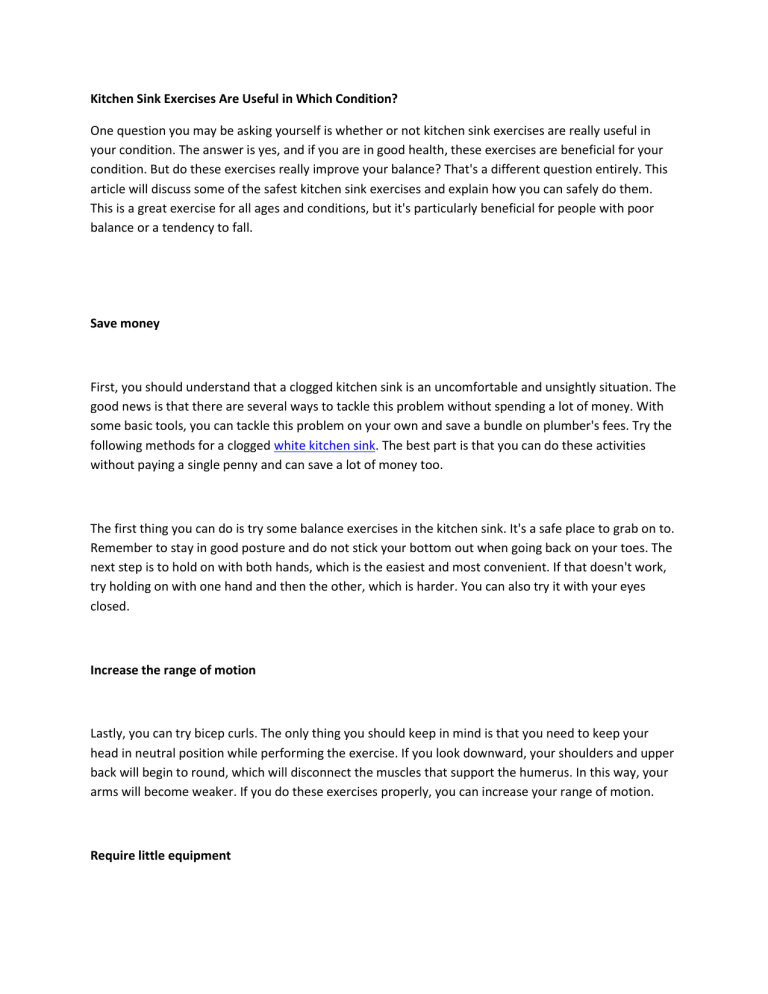


:max_bytes(150000):strip_icc()/how-to-unclog-a-kitchen-sink-2718799_sketch_FINAL-8c5caa805a69493ab22dfb537c72a1b7.png)









